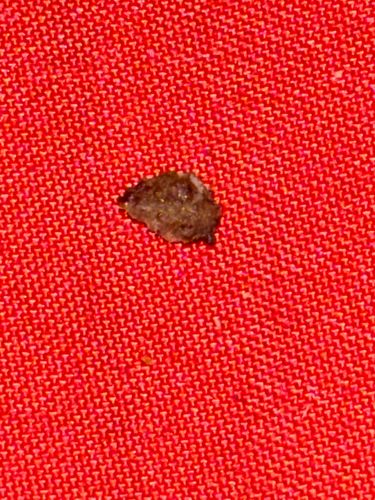Case-bearing Clothes Moth (Larva)
Scientific Name: Tinea pellionella
Order & Family: Lepidoptera, Tineidae
Size: Larva: 10-14 mm in length; Adult: 5-8 mm wingspan

Natural Habitat
Indoors in dark, undisturbed areas such as closets, attics, storage chests, and behind furniture. They are found wherever natural fibers are present.
Diet & Feeding
Primarily feeds on natural fibers, including wool, fur, feathers, felt, pet hair, and lint. They can damage clothing, carpets, upholstered furniture, and stored textiles.
Behavior Patterns
Case-bearing clothes moth larvae build and carry a silk case, often incorporating fibers from their food source. They are secretive and avoid light, preferring dark, undisturbed areas. Adults are poor fliers and are attracted to light.
Risks & Benefits
Risks: Can cause significant damage to natural fiber textiles, leading to economic loss. Does not bite or transmit diseases. Benefits: None apparent directly to humans; in natural ecosystems, they act as decomposers of organic matter containing keratin.
Identified on: 8/29/2025